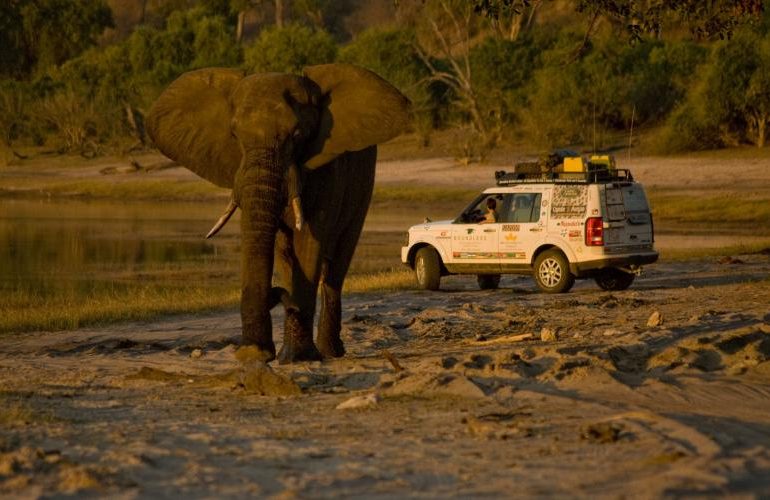In a major step towards regional environmental protection and cultural preservation, Botswana, South Africa, and Zimbabwe have officially signed a treaty establishing the Greater Mapungubwe Transfrontier Conservation Area (GMTFCA). This cross-border agreement is designed to promote biodiversity conservation, safeguard shared cultural heritage, and boost sustainable development in local communities.
Speaking during a post-cabinet media briefing in Harare on Tuesday, Zimbabwe’s Minister of Information, Publicity and Broadcasting Services, Jenfan Muswere, said the treaty demonstrates a shared commitment by the three nations to protect the natural and cultural wealth of the Greater Mapungubwe area. He said the countries are developing collaborative strategies that not only protect the environment but also address poverty and improve the livelihoods of communities within the conservation zone.
“The objective of the treaty is to establish the Greater Mapungubwe Transfrontier Conservation Area for the promotion of collaborative conservation of the environment and shared natural and cultural heritage resources for the benefit of people in the region,” Muswere said.
He noted that the people living within this cross-border area have long shared common values, cultural ties and environmental concerns, making the agreement a natural extension of regional cooperation.
Under the treaty, the three countries aim to ensure the integrity of the ecosystem, protect endangered species and biodiversity, and manage the area’s rich cultural heritage resources responsibly. The conservation area also supports sustainable socio-economic development, with a focus on local participation, community upliftment and eco-tourism.
The Greater Mapungubwe Transfrontier Conservation Area includes:
Northern Tuli Game Reserve in Botswana,
Mapungubwe National Park and World Heritage Site in South Africa,
Tuli Circle Safari Area, Maramani, and other Wildlife Management Areas in Zimbabwe.
These areas are known for their unique biodiversity and cultural significance, especially the Mapungubwe World Heritage Site, which holds important archaeological and historical value, having once been home to an ancient African kingdom dating back to the 11th century.
Communities in this region, however, face several challenges. These include increasing human-wildlife conflict, the effects of climate change, and a lack of sustainable income opportunities. Wildlife encroachment on human settlements has led to devastating consequences in Zimbabwe in particular, where more than 300 people have died in human-wildlife conflicts between 2019 and 2023. In the first quarter of 2025 alone, 18 lives were lost due to such incidents.
These alarming statistics underscore the need for a well-managed conservation approach that not only protects wildlife but also supports human development and security. The treaty aims to provide a framework for reducing these conflicts through better planning, education, and community-led conservation initiatives.
The GMTFCA will also be used to promote ecotourism, which could provide jobs and income for local populations, while encouraging the preservation of natural and cultural heritage. Plans are underway to introduce joint wildlife patrols, environmental education programmes, and shared research platforms across the borders.
Environmental experts believe the agreement will serve as a model for future regional cooperation in Africa. It brings together conservation with cultural pride, blending traditional knowledge systems with modern environmental practices.
By pooling resources and expertise, Botswana, South Africa, and Zimbabwe hope to build resilience in their conservation efforts, ensure long-term sustainability, and attract both local and international investment into the region.
The successful implementation of this treaty will depend on continued political will, inclusive stakeholder engagement, and strong cross-border coordination mechanisms.
